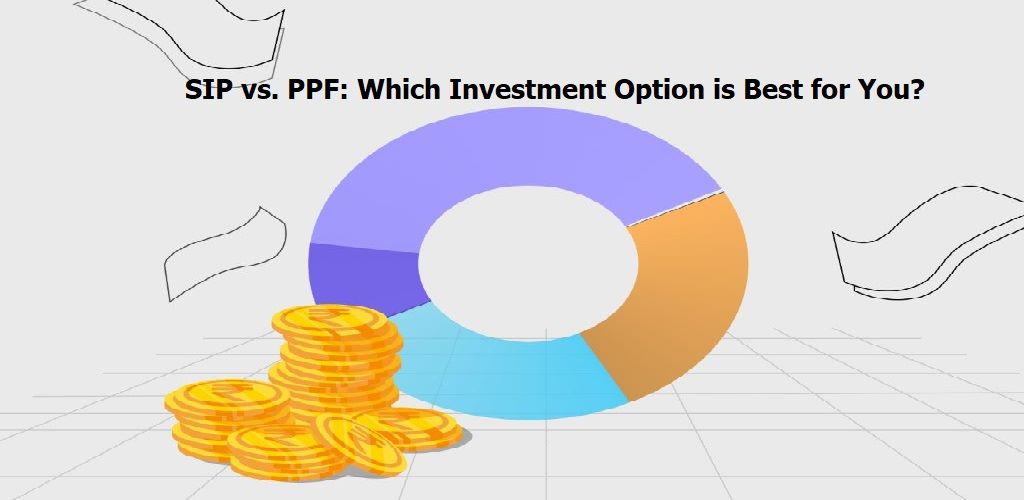Since the cost of goods and products in India is increasing aggressively, protecting your future, especially the golden years of retirement has become important. Remember that the sooner you start planning, the easier your financial journey will be. Even if you already have a solid investment portfolio, retirement plans are becoming essential for a comfortable future.
Before diving into the different types of retirement plans available, let’s first understand what they are and how they can benefit you.
What are Retirement Plans?
Retirement plans, or Pension Plans, are a type of investment strategy designed to help you build a substantial savings fund over time. When you invest a portion of your income now, you can ensure a financially secure and independent life after retirement.
Pension plans are not just about building a retirement fund; they also offer life insurance coverage which provides a safety net for your loved ones in case something happens to you. Furthermore, these plans give you peace of mind which ensures you and your family will be financially protected.
Since the needs of each individual are different, there are different pension plans available. Thus, you can choose a plan that perfectly caters to your financial goals and needs.
What are the Popular Retirement Plans in India?
Let’s take a look at some of the popular retirement plans in India.
Deferred Annuity:
One of the popular retirement plans in India is deferred annuity which means that it guarantees a fixed income starting at a future date of your choosing. If you are a salaried individual, this plan would be an ideal choice as it comes with flexible payment options. This type of pension plan allows you to make regular premium payments or invest a lump-sum amount upfront, which will grow over a deferment period. After this period, you start receiving a fixed income. There is no denying that these plans are popular because of their tax benefits.
Immediate Annuity:
Another popular retirement plan that has gained immense popularity in India is the immediate annuity plan. This plan is ideal for those who are planning to invest a lump sum amount in exchange for a guaranteed post-retirement income. Upon investing, the contribution is converted into a steady income that begins one year after the investment and lasts for a minimum of five years or even a lifetime.
National Pension Scheme:
The National Pension Scheme (NPS) is one of the popular government-backed retirement plans in India, known for offering good pension amounts to enjoy golden years of retirement. The plan allows you to invest in a mix of equity and debt funds to cater to your risk appetite. Once you are retired, you can withdraw up to 60% of your accumulated corpus while the remaining 40% will give you a steady monthly income after 60 years of age.
PPF (Public Provident Fund):
The Public Provident Fund (PPF) is a government-backed savings scheme which is designed to help individuals build a secure retirement fund. The person can easily open a PPF account through any organization recognized by the Pension Fund Regulatory and Development Authority (PFRDA). Furthermore, the plan requires regular contributions with a minimum of Rs. 500 and a maximum of R. 1,50,000 annually over a tenure of 15 years.
Pradhan Mantri Vay Vandna Yojna (PMVVY):
The Pradhan Mantri Vaya Vandana Yojana (PMVVY) is a dedicated pension scheme designed for senior citizens which offers a secure way to generate a steady income post-retirement. Furthermore, the scheme is ideal for those who have a lumpsum corpus after retirement, which allows investments of up to Rs. 15 lakhs. Since it is backed by the government, it guarantees a fixed pension income once a lump sum investment is made. For the financial year 2020-21, the scheme offered an assured interest rate of 7.40% per annum, with the rate being reset at the start of each financial year.
Senior Citizen Saving Scheme (SCSS):
The Senior Citizen Savings Scheme (SCSS) is a government-backed retirement plan which is designed for people aged 60 and above. It allows seniors to invest up to Rs. 15 lakhs and receive a regular pension which is credited directly to their bank account at the end of each quarter.
One of the key highlights of the plan is that it has a stable interest rate. Once you invest at a certain rate, it remains fixed for the entire duration of the scheme. The tenure of SCSS is 5 years with an option to extend it for an additional three years upon maturity.
Whole life ULIPs (Unit Linked Insurance Plans):
Whole life ULIPs are a unique financial product that combines life insurance with investment opportunities, designed for those seeking long-term financial security. These plans offer life coverage that typically extends up to the age of 99 or even 100 which ensures that your loved ones are financially protected throughout your lifetime.
In addition to life insurance, Whole Life ULIPs allow you to grow your wealth by investing in market-linked products like equity, debt, or a mix of both. The premiums you pay not only secure your life but also contribute to building your wealth over time which offers a balanced approach to both protection and investment.
Employee Provident Fund (EPF):
The Employee Provident Fund (EPF) is a retirement savings scheme designed for employees in the organized sector. The plan provides a pension after the employees retire at 58. To be eligible for the scheme’s benefits, an employee must have served for at least 10 years, either continuously or in aggregate.
Both the employee and the employer contribute 12% of the employee’s salary to the EPF each month. However, the contributions are divided differently: While the employee’s entire 12% goes directly into the EPF, 8.33% of the employer’s contribution is allocated to the Employee’s Pension Scheme (EPS), and the remaining 3.67% is added to the EPF.
Atal Pension Yojana:
The Atal Pension Yojana (APY) is a dedicated pension plan designed specifically for individuals working in the unorganized sector. Under the scheme, subscribers can receive a guaranteed monthly pension ranging from Rs. 1000 to Rs. 5,000, based on their contributions, once they reach the age of 60. The APY aims to provide financial security in retirement which may help those without formal pension plans to secure a steady income for later years.
What are the Aspects to Consider When Buying a Retirement/Pension Plan?
Let’s take a look at the potential factors to consider when buying a retirement plan.
- Sum Assured
One of the biggest factors to consider before you make a purchase is that you should verify if the retirement plan includes a sum assured. Make sure you understand how it’s calculated, and ensure it aligns with your financial goals.
- Annuity Terms & Options
Another major factor to consider is the annuity term, which is nothing but the feature of the pension plan and you have the option to choose between an immediate annuity and a deferred annuity. Ensure you choose a plan based on the type of annuity offered and the associated premium costs to find the best fit for your goals.
- Don’t Overlook Accumulated Period
Before you choose a pension plan for your retirement, you should ensure that the accumulation period ends before your retirement age. For example, if you’re 30 and plan to retire at 50, choose a plan with a 20-year or shorter accumulation period.
- Payment Period
If you are planning to buy a retirement plan, you should know about the payment period. For those who don’t know, it is the period when your annuity starts and how long it will continue. Remember that different plans offer varying payment schedules. Make sure you keep the timing and duration in mind.
- Surrender Value
Last but not least, you should understand the surrender terms and conditions before you run into buying a policy for your retirement. When you know the certain rules about the policy, you would know that opting out early may lose the benefits.
Frequently Asked Questions
Listed below are the frequently asked questions related to the types of retirement plans in India.
Speaking of the difference, a pension plan helps you save for retirement. On the other hand, a term plan offers financial protection to your family in case of your unfortunate demise.
Yes, you should consider getting a pension plan, as well. Inflation can reduce the value of your PF savings over time which makes it insufficient for your future needs. As you age, medical costs may rise, and a pension plan can help cover these expenses after you retire.
It’s best to buy a retirement plan early in your career. Starting early allows you to benefit from compounding which enables you to build a substantial amount by the time you retire with just small, regular contributions.
If you withdraw from your retirement plan before retirement, then it may lead to taxes, penalties, or loss of benefits, depending on the plan and its rules.
Yes, non-resident Indians (NRIs) can invest in Indian retirement plans like the National Pension Scheme (NPS) and the Public Provident Fund (PPF).







